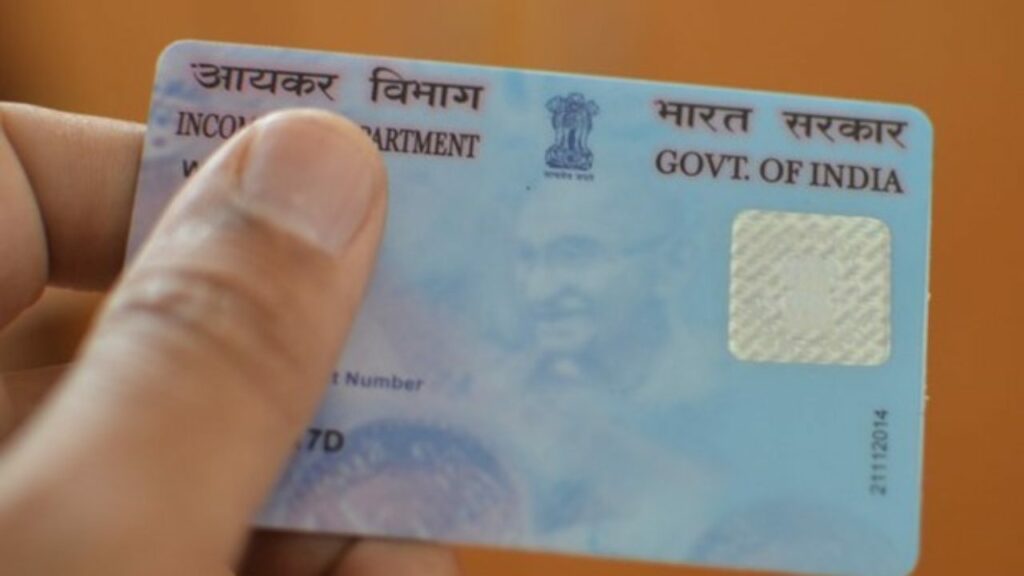Food inflation in India dropped to a three-month low of 9 percent in November 2024, with vegetable inflation reducing to 29.3 percent, down from 42.2 percent in October. However, despite this decline, a closer look reveals that several winter vegetables remain significantly more expensive compared to previous years.

Winter Vegetables Show Mixed Trends
Out of the 19 categories in the inflation basket, 10 recorded higher prices, and 17 categories faced double-digit inflation in November. Some notable trends include:
- Garlic recorded the highest inflation at 85.1 percent, compared to 82.8 percent in October.
- Potatoes experienced inflation of 66.6 percent, marking a nearly four-year high.
- Cauliflower and cabbage saw inflation of 47.7 percent and 43.6 percent, respectively, both at multi-year highs.
- Carrot prices rose at the fastest rate in 32 months, with inflation increasing to 33.4 percent from 22.8 percent in October.
- Palak (spinach) and other leafy vegetables faced 24.6 percent inflation, the highest in over a decade.
Although tomato prices eased from a staggering 110 percent inflation in October, they still recorded a high 41 percent in November.
Mandi Price Trends
The average mandi price for carrots was 18 percent higher in December compared to the same period last year, further underscoring persistent price pressures for certain vegetables.
Retail Inflation and RBI’s Response
Overall retail inflation fell to 5.5 percent in November, down from 6.2 percent in October. Despite this improvement, elevated food prices have prompted the Reserve Bank of India (RBI) to maintain caution.
- The RBI kept the policy rate unchanged at 6.5 percent during its December Monetary Policy Committee (MPC) meeting, marking the eleventh consecutive pause.
- The RBI revised its inflation forecast for FY25 upward to 4.8 percent from the earlier projection of 4.5 percent.
Conclusion
While food inflation shows signs of cooling, the sustained high prices of essential winter vegetables continue to strain household budgets. The RBI’s cautious stance reflects the challenges of balancing inflation control with economic growth.













